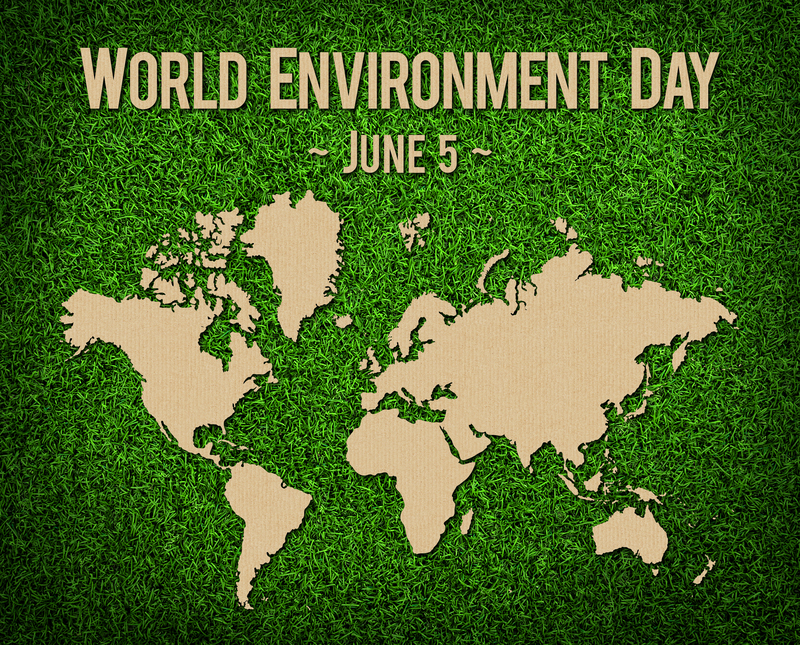The Right Way to Dispose of PPE After Use: A Comprehensive Guide
Since the outbreak of COVID-19, the use of Personal Protective Equipment (PPE) has soared worldwide. PPE includes masks, gloves, face shields, gowns, and other protective gear essential for safeguarding ourselves and our communities from infectious diseases. However, with increased usage comes a pressing question: What is the right way to dispose of PPE after use? Proper disposal is crucial not only for public health but also for preserving the environment. In this article, we will explore the best practices for PPE disposal, dive into the environmental impacts, and provide essential guidelines for homes, workplaces, and healthcare settings.

Understanding Personal Protective Equipment (PPE)
Before we delve into how to properly dispose of PPE, it's important to understand what PPE encompasses. Personal Protective Equipment is any material worn to minimize exposure to hazards. The most common PPE items during the pandemic, and in healthcare and industrial settings, include:
- Masks: Disposable surgical masks, cloth masks, N95 respirators, and other face coverings.
- Gloves: Single-use latex, nitrile, or vinyl gloves.
- Face shields: Plastic shields worn to protect eyes and face.
- Gowns: Protective overalls or disposable suits.
- Shoe and head covers: Disposable coverings to minimize contamination.
Why Is Proper PPE Disposal Important?
Improper disposal of PPE after use can pose significant risks:
- Health Hazards: Used PPE can be contaminated with infectious agents. Discarding them carelessly can spread diseases and put waste handlers, cleaning staff, and the general public at risk.
- Environmental Threats: PPE waste is usually made of non-biodegradable plastics that can persist in the environment for years, contributing to pollution and harm to wildlife.
- Waste Management Issues: Overburdened waste management systems may struggle to cope with the volume of PPE, leading to increased landfill and improper treatment.
Types of PPE Waste and Their Characteristics
When considering the proper way to dispose of PPE after use, it's important to distinguish between:
- Non-infectious PPE Waste: PPE used in non-medical settings or by healthy individuals (such as masks worn grocery shopping).
- Potentially Infectious PPE Waste: PPE that has come in contact with bodily fluids, from patient care, hospitals, or quarantine zones.
Both types require different PPE disposal methods to minimize risk to others and the environment.
The Right Way to Dispose of PPE After Use at Home
1. Masks and Gloves Disposal Steps
- Do Not Reuse Disposable PPE: Single-use masks and gloves are meant for one-time use only. Reusing increases the risk of contamination.
- Remove PPE Safely: Wash your hands before and after removing PPE. Take care not to touch the outside of your mask or gloves, as these surfaces may be contaminated.
- Secure the Waste: Place used masks and gloves into a plastic or biodegradable bag. Tie the bag securely.
- Dispose in General Waste: Used PPE from healthy individuals should be disposed of in the general waste bin--never in recycling bins, as they contaminate recyclables and are hazardous to waste workers.
- Wash Hands Thoroughly: After handling used PPE, wash your hands with soap and water for at least 20 seconds or use hand sanitizer.
2. Disposing PPE When Someone Is Sick
- Separate Waste: Designate a waste bin (preferably with a lid and a foot pedal) for the sick person's PPE and other waste.
- Bag Double-Layering: Double-bag the waste to prevent leakage and spread of pathogens.
- Isolation Time: Leave the sealed bag aside for at least 72 hours before placing it into the general waste bin to minimize risk to sanitation workers.
Proper PPE Disposal in Workplaces
Businesses and institutions must adopt rigorous procedures for disposing of Personal Protective Equipment following workplace safety guidelines:
- Designated Disposal Bins: Place bins specifically labelled for used PPE in accessible locations throughout the facility.
- Staff Training: Train employees and cleaning staff on how to safely remove and dispose of PPE and to never discard it in recycling bins.
- Regular Cleaning of Bins: Ensure bins are cleaned and disinfected regularly to prevent contamination.
- Posters and Instructions: Display clear signage near disposal points to remind staff of proper procedures.
- Waste Contractor Coordination: Work with waste management providers to ensure safe and compliant collection and disposal of PPE waste.
Safe PPE Disposal Practices in Healthcare Settings
1. Following Medical Waste Protocols
Healthcare facilities generate high volumes of infectious PPE waste. These items should always be treated as clinical or biohazardous waste:
- Color-Coded Bins: Use red or yellow bags and bins for infectious waste, as per local regulations.
- On-Site Pretreatment: In some cases, PPE may be disinfected on-site before movement to external waste facilities.
- Sharps Containers for Certain PPE: If there's a risk of penetration (like contaminated face shields or goggles), use puncture-resistant sharps containers.
- Professional Disposal: Partner with certified clinical waste disposal companies for collection and final treatment (e.g., incineration or autoclaving).
2. Compliance and Record-Keeping
- Maintain Records: Healthcare operations should keep detailed records of waste generated, stored, and disposed of, as required by law.
- Staff PPE Training: Routine training and refresher courses ensure compliance with infection prevention laws and environmental regulations.
Environmental Impacts of Improper PPE Disposal
The surge in PPE use has unfortunately led to increased litter in public spaces and natural environments. Improperly discarded masks and gloves can:
- Block Waterways: PPE items can clog drainage systems and waterways, contributing to urban flooding and marine debris.
- Harm Wildlife: Animals may mistake PPE for food or become entangled in straps, risking injury or death.
- Increase Plastic Pollution: Most PPE is made from polypropylene and other plastics that degrade slowly, persisting in the environment for years.
The right way to dispose of PPE after use is an important step in combating both the pandemic and the mounting global plastic crisis.
Common Mistakes to Avoid When Disposing of PPE
Doing the right thing sometimes means unlearning mistakes. Here are the top things to avoid:
- Do NOT flush PPE: Flushing masks, gloves, or wipes down toilets can block sewage systems and cause major sanitary problems.
- Do NOT recycle used PPE: PPE cannot be recycled with household recyclables, as it poses contamination and health risks to recycling workers.
- Do NOT litter: Discarding PPE in public spaces is illegal in many places and creates environmental hazards.
- Do NOT burn PPE at home: Burning creates toxic fumes dangerous to health and the environment.
Alternatives and Future Solutions for PPE Waste
While it's critical to understand the correct way to dispose of PPE after use, it's equally important to look at sustainable solutions:
- Reusable Masks and PPE: Where appropriate, opt for washable cloth masks or PPE designed for multiple uses, following strict cleaning guidelines.
- PPE Recycling Programs: Some countries have launched special recycling initiatives for certain PPE types. Check with local authorities for availability.
- Innovative Materials: Research is ongoing into biodegradable PPE made from natural fibers or bioplastics. Supporting these products helps reduce long-term pollution.
- PPE Collection Points: Supermarkets, pharmacies, or community centers may offer designated bins for used PPE--use these whenever possible.

Frequently Asked Questions (FAQs) About PPE Disposal
Q: Can I throw my used face mask in the recycling bin?A: No. Disposable masks are not recyclable. Always dispose of them in the general waste bin.
Q: How should I handle PPE waste if someone in my household is infected?A: Double-bag the waste, store separately for 72 hours, and wash hands thoroughly after handling the waste.
Q: Are cloth masks disposed of the same way as surgical masks?A: No. Cloth masks are reusable. Wash them according to instructions. Only dispose of them in general waste if they're damaged beyond repair.
Q: Can I compost used PPE?A: Most PPE is made of synthetic fibers and is not compostable. Only those labeled as biodegradable-and where composting facilities accept them-can be composted under specific conditions.
Conclusion: Prioritizing Health and the Planet
Properly disposing of Personal Protective Equipment after use is a critical responsibility for everyone. Whether you are a healthcare worker, office employee, or simply looking after your family, adopting safe PPE disposal methods protects both people and the planet. Remember to never litter, avoid recycling used PPE, and always follow local guidelines. By doing so, we can reduce health risks and limit the environmental burden of PPE waste.
Let's work together to keep our communities clean, safe, and sustainable by following the right way to dispose of PPE after use.
